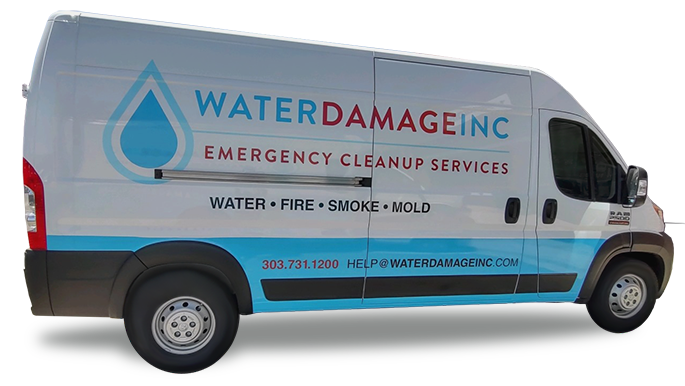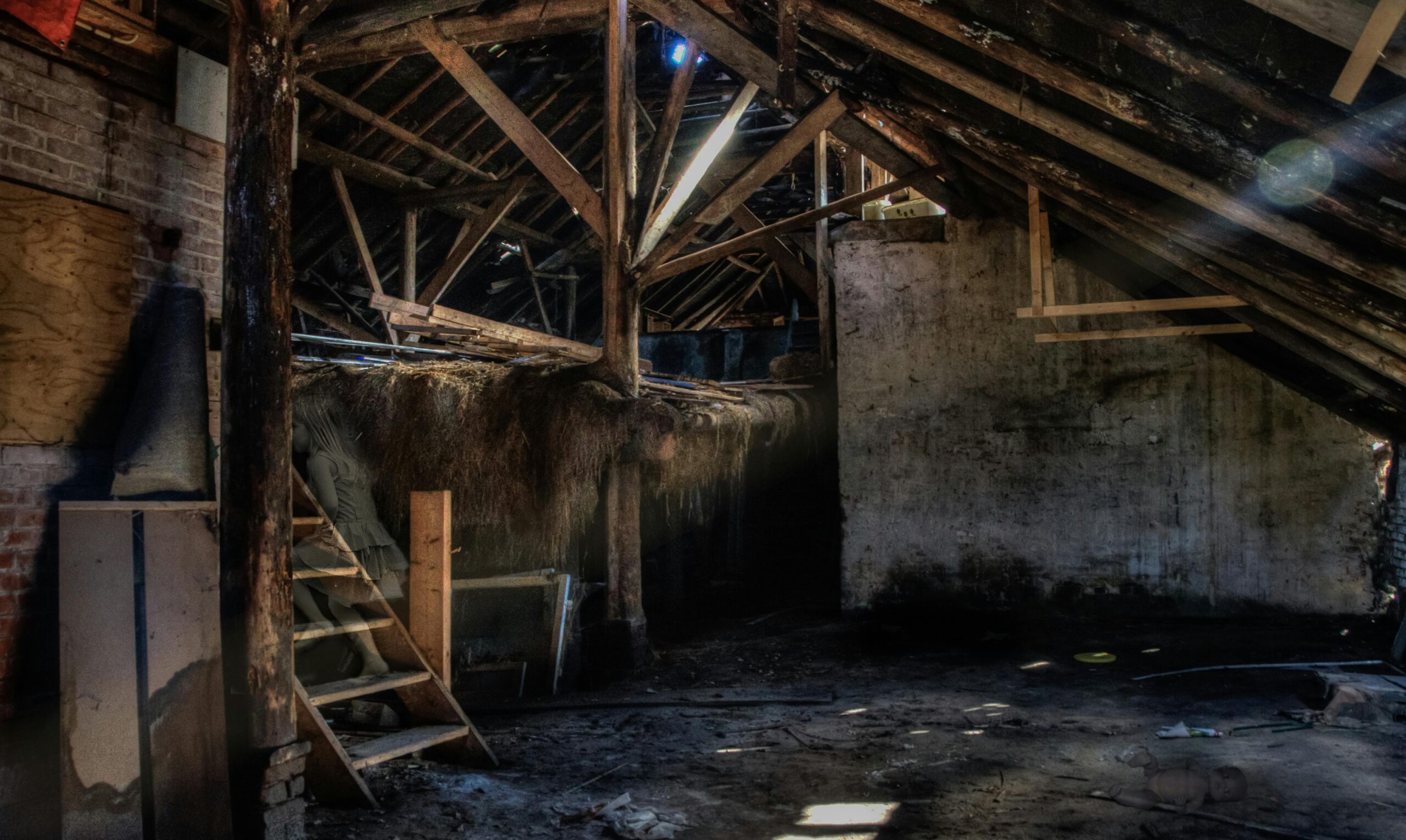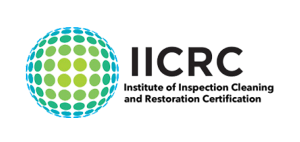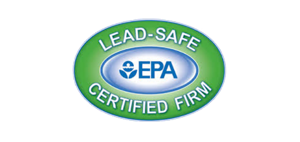Ever thought about the faint musty smell in your attic? It might be more serious than you think. Mold in the attic is a big worry for many homeowners in the U.S. It thrives in warm, moist, and airless spaces.
Attic mold can be harmful, especially to kids and the elderly. It’s important to know the signs and the health risks. This helps tackle the problem and keep your attic air clean.
Key Takeaways
- Mold Infestation: Ideal attic conditions make mold growth a prevalent issue in many U.S. homes.
- Health Risks: Exposure symptoms range from respiratory issues to severe conditions affecting the heart and lungs.
- Signs of Mold: Visible indicators include white spore dust, discoloration, and a musty smell.
- Protect Vulnerable Populations: Children and the elderly are particularly susceptible to the effects of attic mold.
- Mold Remediation: Proper ventilation, regular roof inspections, and humidity management are critical for prevention and control.
Understanding the Types of Mold Found in Attics
Attics can have many mold species, each with its own problems. Knowing about these types is key because they can harm your health and the structure of your home. Some molds are just annoying, while others are very dangerous.
Allergenic Mold
Allergenic molds mainly bother people with mold allergies. They can cause itchy eyes, sneezing, and skin issues — typical allergenic mold symptoms. While they can be a nuisance, they’re not usually a big health risk. Spotting and fixing these molds can make your home air cleaner and more comfortable.
Pathogenic Mold
Pathogenic molds are more serious. They can lead to allergic reactions, asthma, and skin problems. These molds are a big pathogenic mold risk, especially for people with health issues. It’s important to find and fix these molds quickly to prevent serious illnesses.
Toxic Mold
Toxic mold is the rarest but most dangerous attic mold. It grows in very damp places and can cause serious brain and organ damage if not treated. The toxic mold effects mean it’s vital to spot and deal with these molds fast to avoid serious health problems.
Mold in attics can create fine, white spore dust, making it easier to spot. Knowing what mold you have is key to understanding the health risks and figuring out how to fix the problem.
Health Risks and Symptoms of Attic Mold Exposure
Attic mold can cause many health problems. It can lead to allergic reactions and serious respiratory issues.
Allergic reactions include itchy eyes, coughing, and sneezing. People with weak immune systems, kids, and the elderly are at high risk. These infections can worsen and lead to asthma.
Toxic molds are even more dangerous. They can harm the brain and other vital organs. Aspergillosis, or “mold syndrome,” is a severe lung infection. It causes coughing, wheezing, and shortness of breath, and can turn into pneumonia if not treated.
It’s important to recognize mold syndrome symptoms early. Symptoms include allergies and breathing problems. This shows why seeing a doctor is key when mold illnesses are suspected.
Dealing with mold health risks quickly can prevent long-term damage. Keeping the attic clean and preventing mold is crucial. This helps protect against these health issues.
How Serious is Mold in Attic?
Mold in attics is a big problem, affecting both health and home structure. It can cause serious damage if not treated quickly. This part talks about how mold harms homes and how to spot it.
Impact on Structural Integrity
Mold in attics usually comes from ignored water damage, like leaks or bad air flow. It can weaken wood beams, insulation, and more, which are key to a home’s strength. This can lead to expensive fixes and safety risks over time.
Identifying Mold in the Attic
Spotting mold early can stop big problems. Look for black or dark green spots on wood and a musty smell. Signs of water damage, like peeling paint, often mean mold is there too. For sure detection, get a mold test from experts. They can tell you what kind of mold it is and how much.
Preventing Mold Growth in Attics
To stop mold in attics, keep the area dry and check it often. Managing humidity is key. Using different strategies can help avoid mold problems.
Proper Ventilation
Good attic ventilation is crucial. It helps keep moisture away, which stops mold. Vent fans can help keep air moving and the attic dry.
Regular Roof Inspections
Checking the roof often is important. Look for leaks and fix them fast. This stops water from getting in and causing mold.
Managing Humidity Levels
Keeping humidity low is also important. Use hygrometers to watch humidity, especially in summer. Keeping it low reduces mold risk. Ventilation and roof care are key to avoiding mold.
Conclusion
It’s very important to tackle attic mold for health and home safety. Different molds in attics, like allergenic and toxic ones, can be harmful. Knowing about these and their health effects is key to keeping your home safe.
Exposure to mold can cause mild to severe symptoms. It’s crucial to act fast and effectively when you notice these signs.
Preventing mold in your attic starts with good ventilation and regular roof checks. Keeping humidity levels in check is also essential. These steps help keep your home safe and the air clean.
Being quick to spot mold can stop it from spreading and causing health problems. It also saves your home from damage.
If you find mold, getting professional help is a smart move. Companies like Water Damage Inc offer top-notch mold removal services. They help keep your home healthy and peaceful.
By taking care of your attic regularly, you make your home safer and healthier. This shows how vital it is to deal with attic mold for your long-term well-being.






















